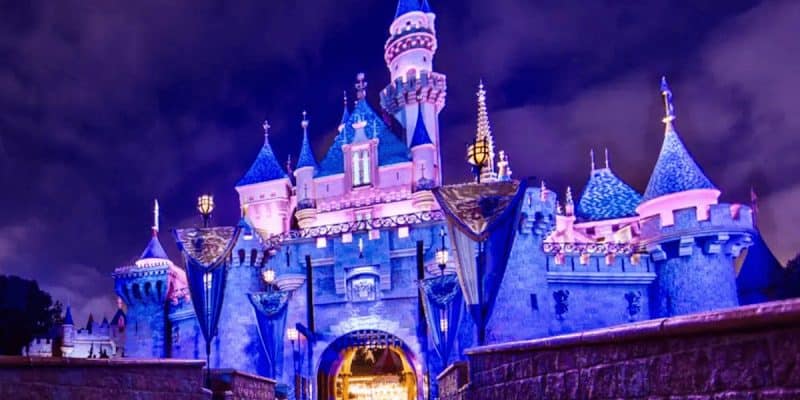An incident at Disneyland Resort is raising questions about the balance between free expression and the park’s image as a family-friendly environment. A guest wearing a red baseball cap with the message, “MAKE AMERICA NOT A BUNCH OF C*NTS OFFENDED BY EVERYTHING AGAIN,”* made headlines this week after walking through security and entering the park without being flagged for the explicit political message.

Political Messaging Hits Disney
The controversial hat, which bears a provocative slogan, seemed to pass through the usual security checks and park entrance without issue. Social media posts about the incident quickly went viral, with one user commenting: “Dude made it through security and park entrance no problem.
The interaction sparked a broader debate about Disney’s policies on attire, the role of politics in entertainment spaces, and the expectations placed on theme park guests.
Disneyland, known worldwide for its clean-cut, family-oriented image, has long maintained a dress code policy that prohibits clothing with offensive or obscene language. However, in this case, the guest in question was allowed to enter the park with a hat that many consider to be both vulgar and politically charged.
While Disney’s security screenings are thorough, this incident calls into question whether current guidelines are being enforced consistently, especially when it comes to more subtle but still explicit political messages.
Disneyland’s dress code is intended to foster a welcoming environment for all guests, and the park has historically been a place where families come to escape daily stresses and politics.
However, as political tensions continue to rise in the United States, incidents like this highlight how public spaces, even those meant for fun and entertainment, are increasingly becoming battlegrounds for larger cultural and political debates.
Saw this on the shuttle into the park..
byu/Frijolesito inDisneyland
Is This Appropriate?
The controversy over the hat may also raise broader questions about what constitutes a theme park setting. Some guests pointed out that while the hat’s message may be crude, it doesn’t directly call for violence or hate — two categories typically associated with more explicit violations of dress code policies.
Yet others argue that the message’s tone of division and aggression crosses a line that Disney, as a global brand, should avoid tolerating in its public spaces.

For now, the company has yet to comment on the specific incident or clarify how it plans to enforce its dress code moving forward. In the meantime, the incident continues to fuel online discussions about the role of corporations like Disney in navigating the intersection of free speech, corporate image, and guest behavior.
With a growing number of incidents raising similar concerns about the role of politics in public spaces, Disneyland’s response may set an important precedent for how theme parks, entertainment companies, and other public venues handle similar situations in the future.
As the world’s largest family-friendly entertainment brand, Disney faces the difficult task of balancing respect for individual expression with its commitment to providing a space that remains magical and inclusive for everyone.
